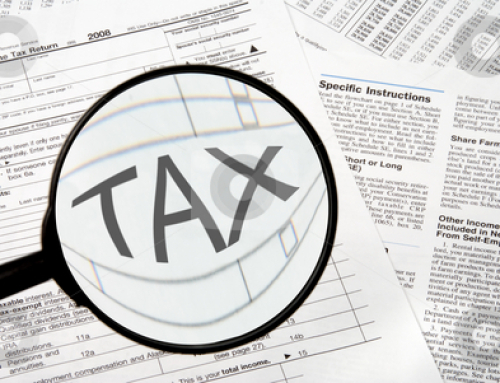 Your credit report represents a snapshot of your financial situation, and forms the basis of your financial reputation. A negative and inaccurate item on your credit report can bring down your credit score, and result in an undesirable outcome when applying for credit.
Your credit report represents a snapshot of your financial situation, and forms the basis of your financial reputation. A negative and inaccurate item on your credit report can bring down your credit score, and result in an undesirable outcome when applying for credit.
Dispute Your Credit
The good news is that, by law, credit bureaus are required to remove inaccurate negative items from credit reports. However, most of the time the credit bureaus don’t know the item is an error unless you point it out. Only inaccurate items will be removed from your credit report, though. If the item is negative, but accurate, the credit reporting agency doesn’t have to remove it from the report. If you find an inaccuracy in your credit report, follow these steps to have it removed from your report:
1. Identify the inaccuracy:
First, find the inaccuracy on the credit report. Note who reported it (usually a creditor). If you have a copy of your credit report, circle or highlight the item in question.
2. Write a letter disputing the item:
Next, write a letter that disputes the item. You can enclose the marked copy of your credit report for easy reference. You should include your full name and address, and explain why the item is inaccurate.
3. Enclose supporting documentation:
As you prepare the envelope, enclose copies of any documentation that you have to support your case. Make sure you enclose copies. Never send original documents.
4. Send the letter certified mail:
Send your dispute letter to the address listed on the credit bureau’s web site. It costs more to send your dispute letter via certified mail, but it is worth it. It ensures that the credit bureau receives, since a signature is required.
5. Notify the reporter:
This is optional, but you can also send copies of the dispute letter and documentation to the business that reported the information in the credit report. This can speed up the process to some degree.
According to law, the credit bureau is required to investigate your claim, and remedy the problem within a reasonable amount of time. Usually, this process is completed within 30 days. The credit bureau should send you a letter notifying you of the outcome of the investigation.
After 30 days has passed, you can check your credit report to see if the information has been updated. If it hasn’t been, you can contact the credit bureau and find out why you haven’t received an explanatory letter.
What if You Don’t Agree?
If you don’t agree with the outcome, you can dispute that as well. Additionally, you are also allowed to add a statement to your credit report. This means that you can write your own explanation of the item, and why it is inaccurate. Your statement is included with the credit report, and in many cases can be seen by those checking your credit history.
It is important to regularly check your credit report so that you can catch errors and fraudulent credit accounts. When you find an error, you have the right to have it removed for free, as long as you follow the prescribed steps.
Credit Repair Help
If you want to get professional help there are companies that specialize in helping people rebuild their credit. Usually they charge a monthly fee and in exchange for that will dispute every negative item on your credit report and work with lenders to help you settle any outstanding debts. One well known provider is Lexingtion Law, you can call them to get help repairing your credit at 866-683-0997 (Disclosure: we receive an affiliate commission from them on a per call basis).
Credit Dispute Template
If you want to dispute your credit on your own, we’ve put together a free credit dispute template that you can use to start fixing any errors on your credit report. Click to download our Free Credit Dispute Letter.













Follow Us